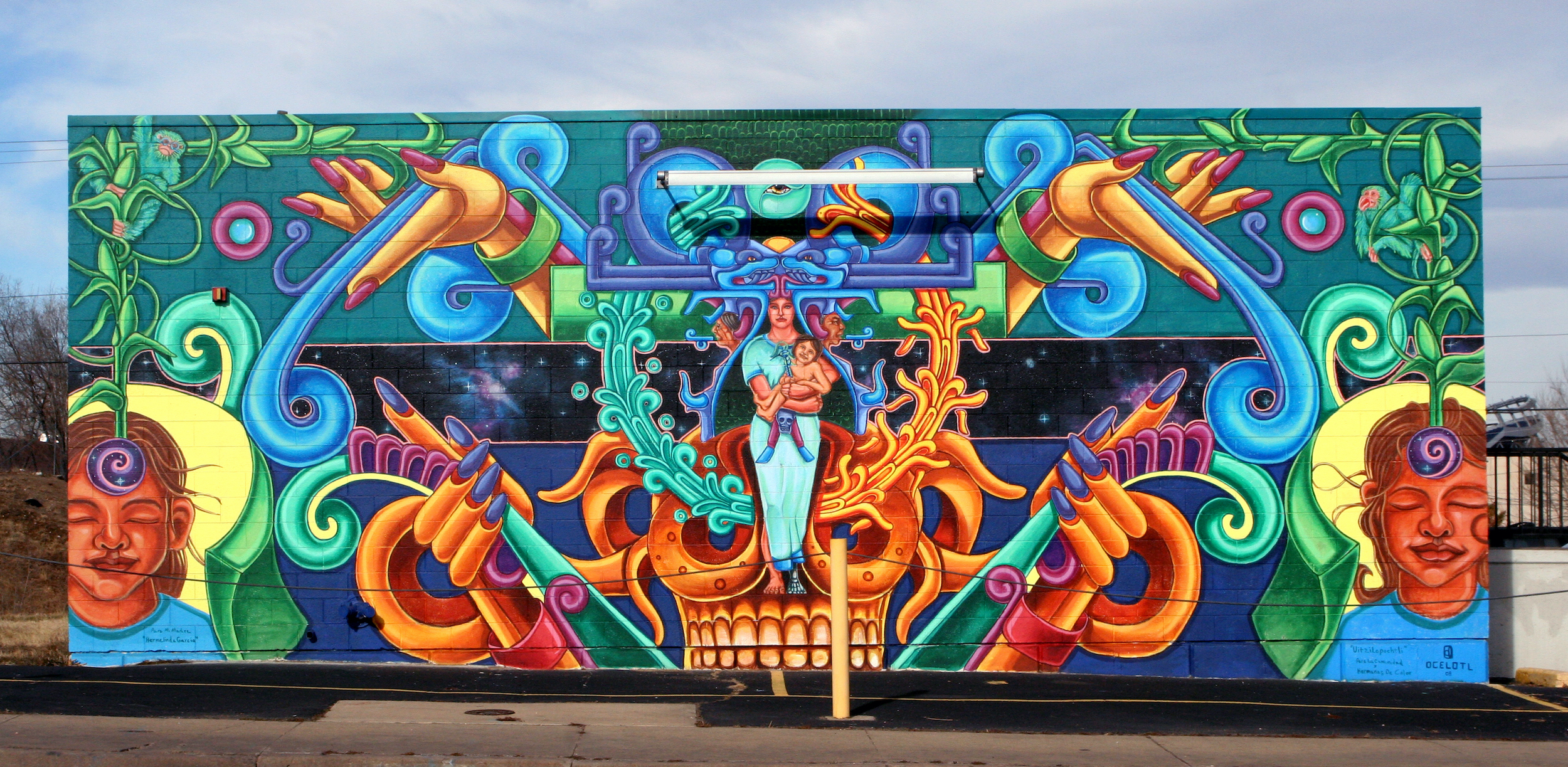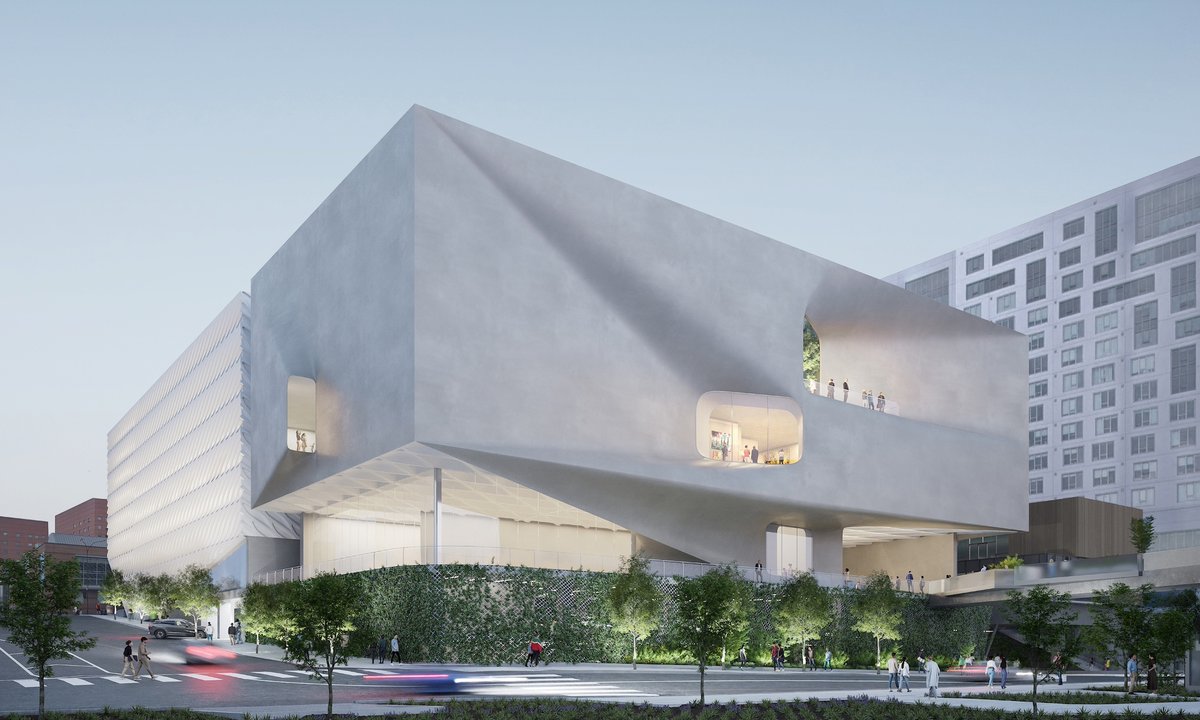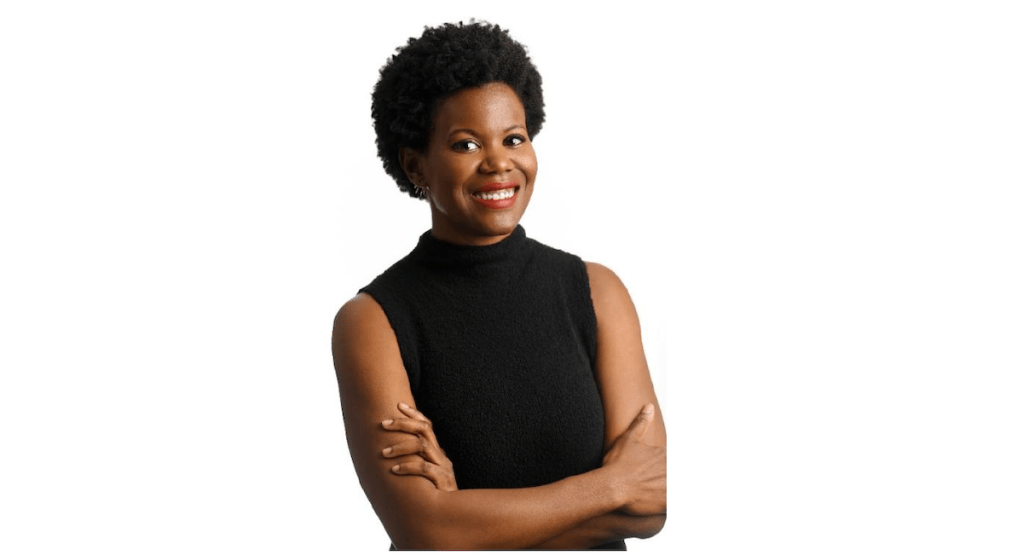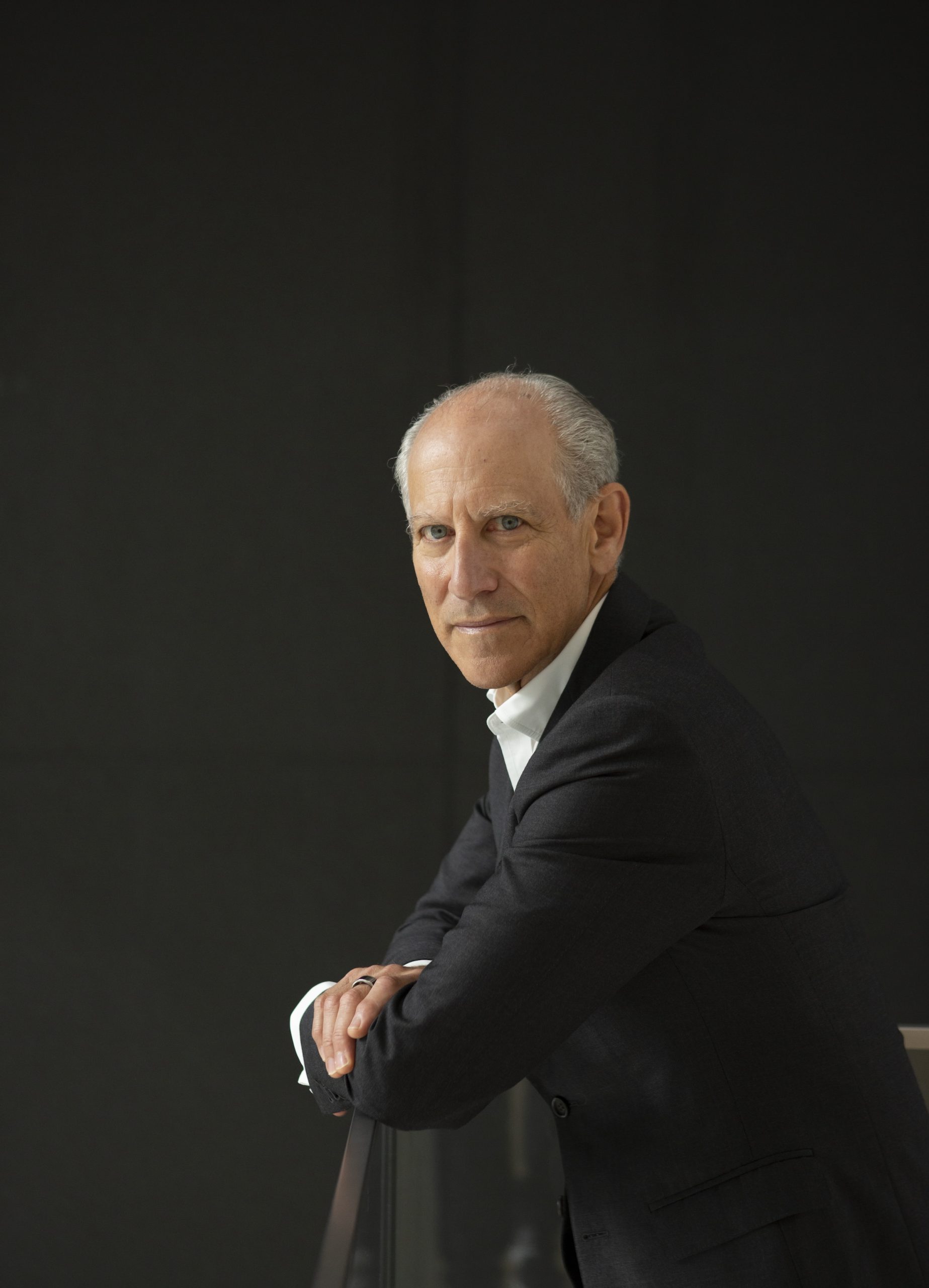In the mid-1960s, Denver was at the forefront of the national Chicano movement. Activists concerned with land rights, labor rights, cultural identity, and lack of equitable education were living, working, and organizing in the Lincoln Park neighborhood. Originally a mixed immigrant community of people working in the nearby rail yards or flour mill, by the mid-20th century it had transformed to a majority population of Hispanos and Mexican Americans. In the 1960s, led by Rodolfo “Corky” Gonzales, the Crusade for Justice movement was born in Lincoln Park and was informed by the Plan Espiritual de Aztlán, a pro-indigenist manifesto advocating revolutionary Chicano nationalism and self-determination for all Chicano people. This movement gave birth to other liberation-oriented efforts, including the Chicano Art Movement — embodied, in Denver, by an emerging culture of muralism.
Emanuel Martínez began painting murals in Lincoln Park in 1968. His daughter, Lucha Martínez de Luna, recounted to Hyperallergic:
My father decided he was going to paint a mural on the facade of the building where we lived. It was definitely a community mural, a kind of paint-by-numbers design. After he finished painting the mural, the housing authorities came out and told him that it needed to be erased. There were a lot of active community organizers in the neighborhood at the time, and they started a petition demanding that the mural stay. In a stand-off with the housing authority, the community essentially said “If you kick out this family, you’ll have to kick out everybody.” So they backed down.
Emanuel Martínez went on to become a full-time muralist for the city of Denver, painting hundreds of them on buildings, inside schools, and on bridges, among other locations. At the time, it was a win-win situation, as “The city was putting out a lot more money to remove graffiti than it would be to hire me to do murals,” he explained in an earlier interview.
Lucha Martínez de Luna is the founder of Chicano/a/x Murals of Colorado Project (CMCP), an organization committed to protecting, promoting, and preserving the legacy of community murals in Colorado. She is also an archeologist, currently splitting her time between the Front Range region of the United States and Chiapas, Mexico, where she conducts her fieldwork. Around 2010, in the course of her intercontinental commute, she began noticing that the murals she had grown up with were disappearing. The one her father had painted on the facade of their Lincoln Park building no longer exists, nor does the housing project in which she was raised. “Every time I would come back there would be something else missing in the neighborhoods.” She began conducting oral histories with the mural artists and gained access to their archives in order to have historic images of the murals. In 2018, she founded CMCP and quickly found herself enmeshed in the bureaucracy of historic preservation entities, both state and national.
She began working with Denver City Council President Jamie Torres to obtain a designation for Lincoln Park to become a Historic Cultural District, which was achieved in August 2021, and she successfully secured a National Historic Trust designation that protected around 40 murals located throughout the state. In 2022, the National Trust named the Chicano/a/x Community Murals of Colorado to its 2022 list of America’s 11 Most Endangered Historic Places.
In the case of “Huitzilopochtli,” painted in 2008 by David Ocelotl Garcia, preservation took the form of literally reclaiming a whitewashed mural that had been being buried under a coat of white paint. The mural depicts the Aztec earth goddess Coatlicue and her son, Huitzilopochtli. Rendered primarily in a complementary blue and orange palette, an abundance of water blossoms surround Coatlicue, symbolizing a cycle of healing and renewal. A marijuana dispensary leased the building in 2020 and the tenants decided to cover up the mural. Once the community and its leaders protested, the business apologized and provided funding for its restoration. Garcia traveled to Los Angeles and studied the techniques of the Social Public Art Resource Center, which has developed a procedure to restore murals with MuralShield, a consolidant that can return pigments to their original vibrancy. The application has been successful for “Huitzilopochtli,” and will be used to restore other murals on the endangered list, beginning with “Urban Dope, Urban Hope,” painted by Martínez de Luna’s father in 1977. At 16 by 350 feet, it is Denver’s largest mural that was whitewashed in the 1990s.
While the mural is recoverable, Martínez de Luna reports that the neighborhood itself has been demolished, a victim of the rapid gentrification that has made Denver the second most gentrified city in the US. Hyper-gentrification has many toxic tendrils invading the kind of work that CCMP is trying to do.
A lot of these murals were painted in redlined neighborhoods, and the practice of redlining didn’t allow people living there to buy their own homes. The buildings never belonged to the community and the land is now worth a lot more than the buildings. The owners of the buildings can basically retire from the sale and the buildings are where the murals live, and are being demolished.

Another key issue Martínez de Luna identified is the current anemic definition of what qualifies as being worthy of protection. While La Alma Lincoln Park’s designation as a historic and cultural district in 2021 was a positive development, the city failed to include protecting murals as part of the designation. “Murals are classified as paint on a wall in Denver, and the artistic, cultural, and historical value of them has not been recognized at all. How do you protect something that’s classified as ‘paint on a wall?’”
At times the battle to save the murals has seemed to be all uphill. Yet Martínez de Luna says that media support and increased cultural awareness since the BLM movement took off in 2020 has made this work easier. The murals are more than cultural aesthetics; Martínez de Luna shares the view of many contemporary scholars that they are living texts, a multimodal composition based on tlacuilolitztli, the Aztec concept of writing. As scholar Nora K. Rivera wrote, “One reads a mural by interpreting its images, and each meaning-making experience is influenced by the contexts surrounding the symbol(s), the place, the writer, and the reader.”
CMCP’s sense of urgency in registering as many murals as possible to the endangered list is simple and pragmatic: the early muralists working during the Chicano rights movement in the 1960s are aging rapidly. “My father and some of these other artists are in their 70s,” Martínez de Luna said. “If we want to do restoration work with the original artists, we need to move extremely fast.”











